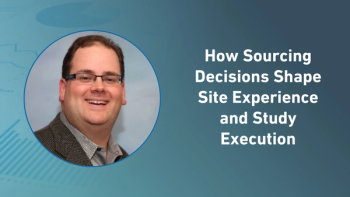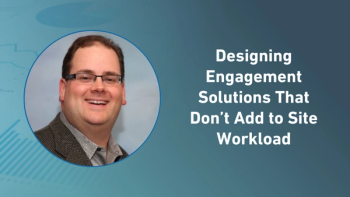
Roberts Method PR
The CTTI Recruitment Project Team developed survey questions to gather information on barriers to clinical trial recruitment, methods for overcoming these barriers, organizational experience with various recruitment methods, partnerships that would be most effective in increasing recruitment, and stakeholder outlook on the future of clinical trial recruitment. In collaboration with RTI International, the questions were reduced to meet the goal of a 15-minute survey, programmed in Survey Gizmo, and tested for functionality. See the Supplementary Appendix for final survey questions. The institutional review boards at CTTI and RTI determined that the survey was exempt from human subjects review, and the U.S. Food and Drug Administration (FDA) concurred.
An advance email announcement was sent approximately two weeks before survey launch to 300 sample members identified by the project team. This initial sample comprised 90 patient advocates, 90 sites, 45 global investigators, 45 investigators, and 30 sponsors. Twenty-one messages were undeliverable, and these were replaced with individuals from the same stakeholder groups within 24 hours. The web survey was launched and an email invitation with hyperlink sent to sample members on July 15, 2014. Data were collected for one month, during which time a reminder message was sent to encourage participation. Sample members were permitted to forward the survey link to colleagues, and the survey was also publicized via CTTI-affiliated Twitter accounts. This sampling method is referred to as snowballing and has the advantage of increasing the number of completed surveys. However, a drawback is that as a nonprobability design, the eventual sample size for calculation of a response rate cannot be known. The survey was anonymous, and no incentive was provided for participation.
A thematic analysis was conducted of the responses to the open-ended survey questions. The study team developed a preliminary coding dictionary based on the free-text responses. This coding structure was revised iteratively during review of the survey data, and themes that did not fit the preliminary structure were inductively categorized through discussion. Two trained members of the study team then used the coding dictionary to independently code the free-text responses, using NVivo software, version 10 (QSR International) and standard qualitative techniques. Coding discrepancies were resolved through discussion until agreement was reached.
Newsletter
Stay current in clinical research with Applied Clinical Trials, providing expert insights, regulatory updates, and practical strategies for successful clinical trial design and execution.




